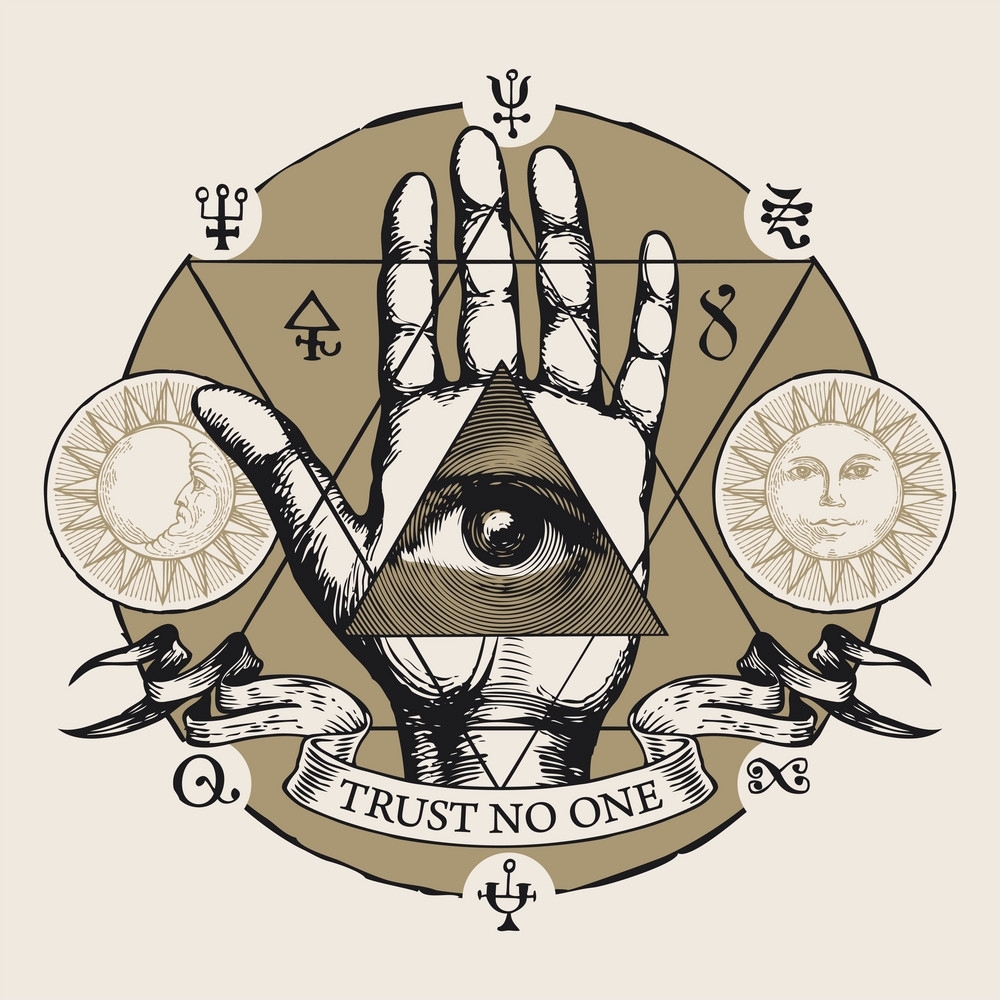“In a few children, the self-concept of being a bad kid can go to an extreme, such as when children regard themselves as being ‘evil’ people. This is most likely to happen when children have authoritarian, punitive parents, who use religious threats to humiliate and control them. Michael Beck, a psychotherapist, has written about his own inner experience of having an ‘evil’ self-concept as a child.
‘I lived in constant dread of committing a mortal sin and dying without being forgiven … Imagine yourself as being in some precarious position … and not knowing quite how you got there. Unrelieved dread leaves its indelible impression, and since anxiety generalizes, one grows apprehensive that things not evil are indeed evil merely because one becomes anxious about them.
This is a particularly taxing issue during adolescence, when one is constantly preoccupied with sex. It is a mortal sin to think about sex. The prescription for handling sexual impulses is suppression. Since, whatever is suppressed intensifies and seeks expression, one is forced to handle a sticky wicket — so to speak.’
Beck goes on to explain how some people who develop an ‘evil’ self-image can lead themselves to believe that their behavior is being controlled by the Devil.
‘With even more damaged patients who think they are evil, the issue of their ability to deal with anger becomes a priority. They often turn anger against themselves. The extreme is the patient who becomes totally or partially identified with evil and feels she or he is either Jesus Christ or the devil, or possibly believes the devil is controlling him or her.’
These observations by Beck that some people have a self-concept of being ‘evil’ provide insight into why some teenage delinquents may be drawn to Satanic beliefs, in order to justify their aggressive behavior. Adolescents who see themselves as being ‘evil,’ create a psychological environment consistent with their self-concept. They see the world as they see themselves, a place where malicious evil is more genuine than compassion.
A therapist’s description of a seventeen-year-old girl involved in psuedo-Satanism illustrates the point.
‘Christina was also using satanism to rebel against her parents’ religion. She did not keep her satanism a secret from her family. When her mother asked her directly about her satanic beliefs, Christina told her mother that there was nothing good in the world and that was why she liked satanism.’
It is quite likely that a great many psuedo-Satanist teenagers are rebelling from an overly-restrictive, traditional religious family background which emphasizes that the world is an evil place. The possibility needs to be investigated.”
– Jeffrey S. Victor, The Extent of Satanic Crime is Exaggerated


